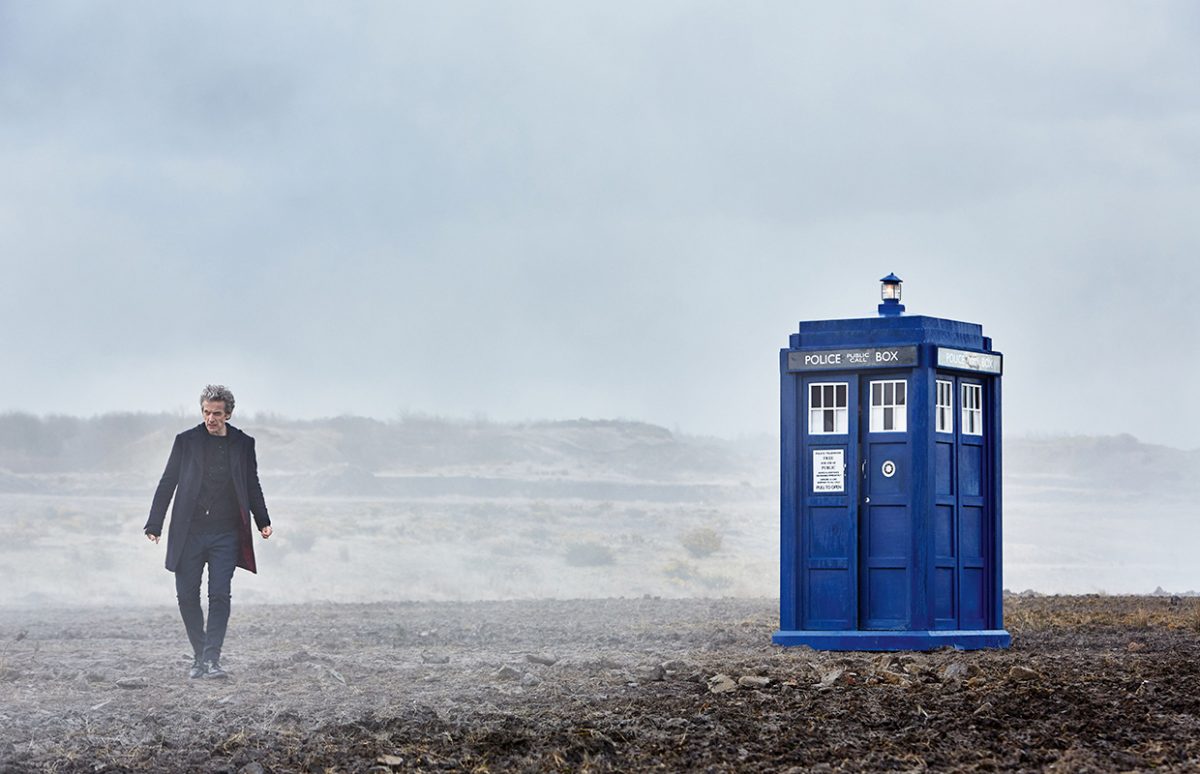
It was the British equivalent of making an announcement during the halftime break in the U.S. Superbowl game. Immediately after the 2017 Wimbledon men’s final the BBC revealed what the entire U.K. seemed to have been waiting for… that the next actor to portray the lead in sci-fi series Dr Who would be… a woman! … Continue reading “Doctor She”
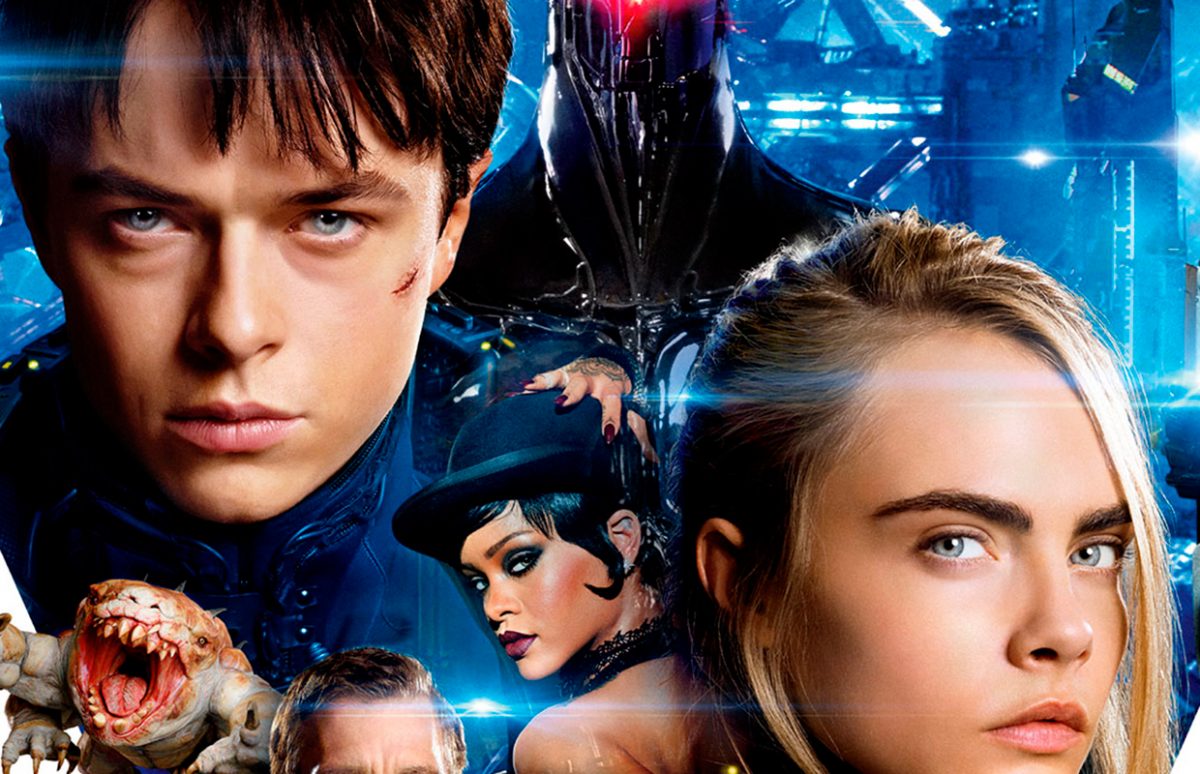
These three videos associated with Valerian and the City of a Thousand Planets provide plenty of opportunities to get pupils talking on a film many will have seen. This teaser trailer is almost without dialogue or voiceover, so it’s a great place to start, and can be used at all levels, with pupils commenting according … Continue reading “Valerian: Teaching with Trailers”
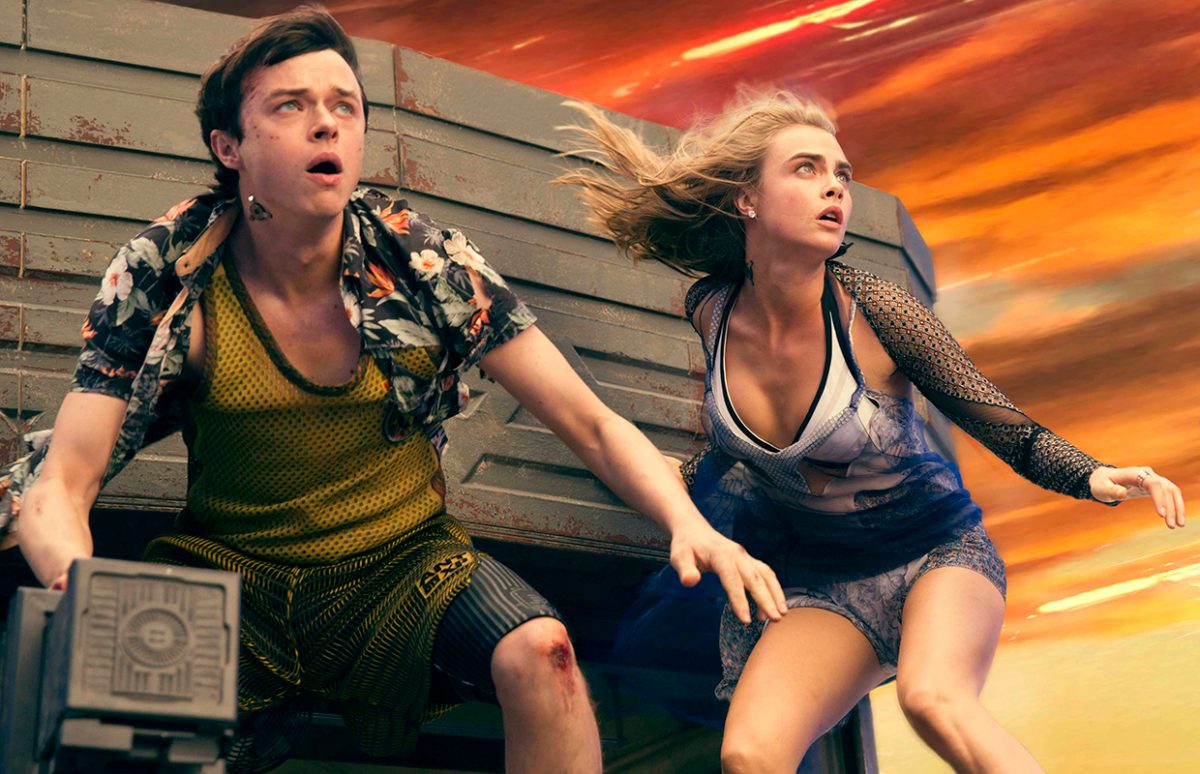
Valerian and the City of a Thousand Planets is the new film by Luc Besson adapted from the science-fiction comic strip series by Pierre Christin and Jean-Claude Mézières that inspired a whole generation of artists, writers and film-makers… including Georges Lucas. In the 28th century, Valerian (Dane DeHaan) and Laureline (Cara Delevingne) form a team … Continue reading “Valerian Strikes Back!”
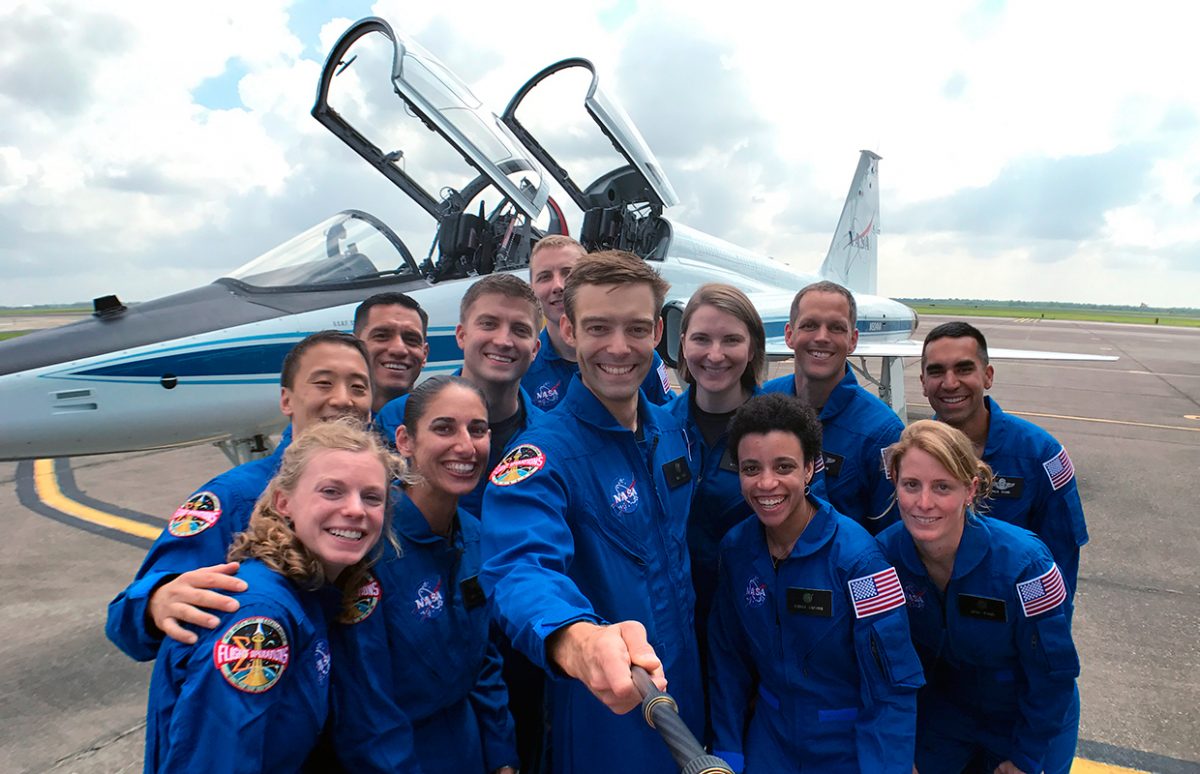
NASA received a record 18,300 applications to join its 2017 astronaut candidate class. The agency has just announced the 12 lucky people chosen for two years training to potentially become astronauts. And as NASA continues to open more opportunities to women, five of the new recruits are female. The 12 new astronaut candidates will undergo … Continue reading “Lucky Stars: NASA’s New Astronaut Class”
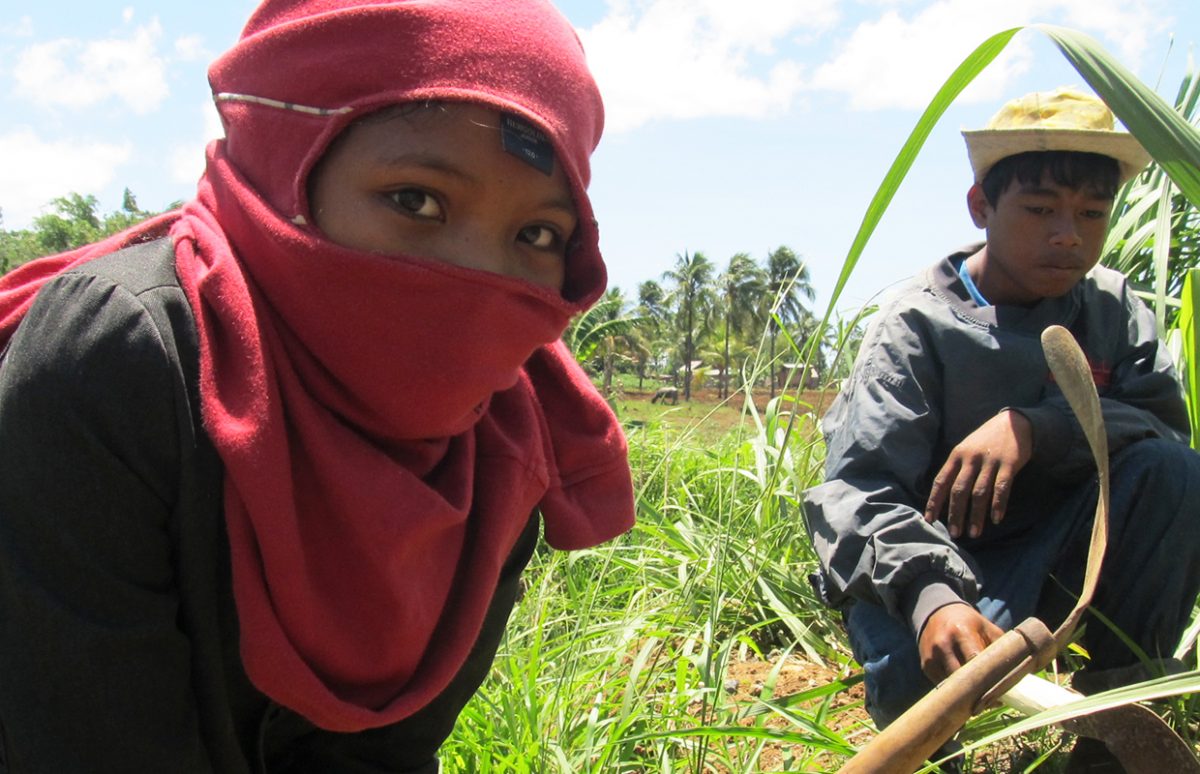
For the United Nations World Day Against Child Labour on June 12, or any other time you want to discuss this important topic in class, here are some teaching resources for different levels. The Australian NGO Worldvision has a teaching resource on child labour with downloadable worksheets and photo stories. Several of the topics have … Continue reading “Teaching about Child Labour”
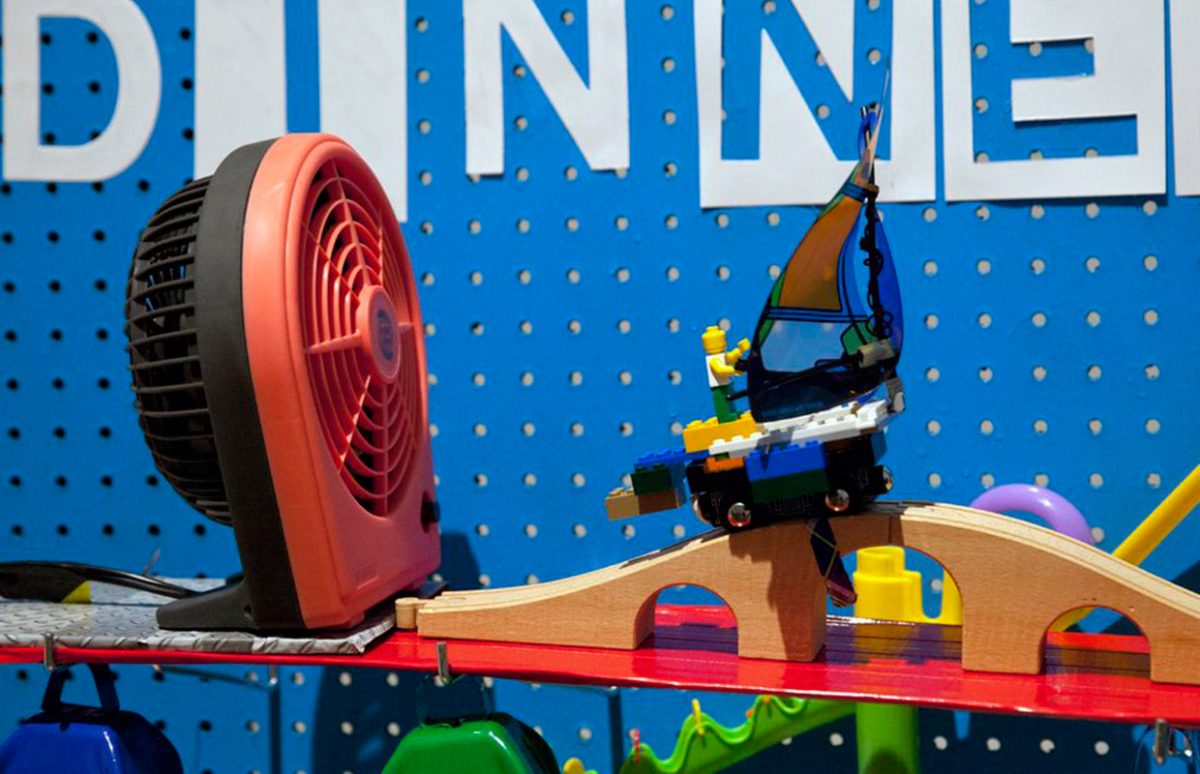
These videos of crazy contraptions inspired by Rube Goldberg and Heath Robinson’s drawings are a great addition to a project to make a machine. They allow you to show pupils some examples, practise describing the machines, and see models of how to present a machine. No commentary on this video, just the images of the … Continue reading “Rube Goldberg Machine Videos”
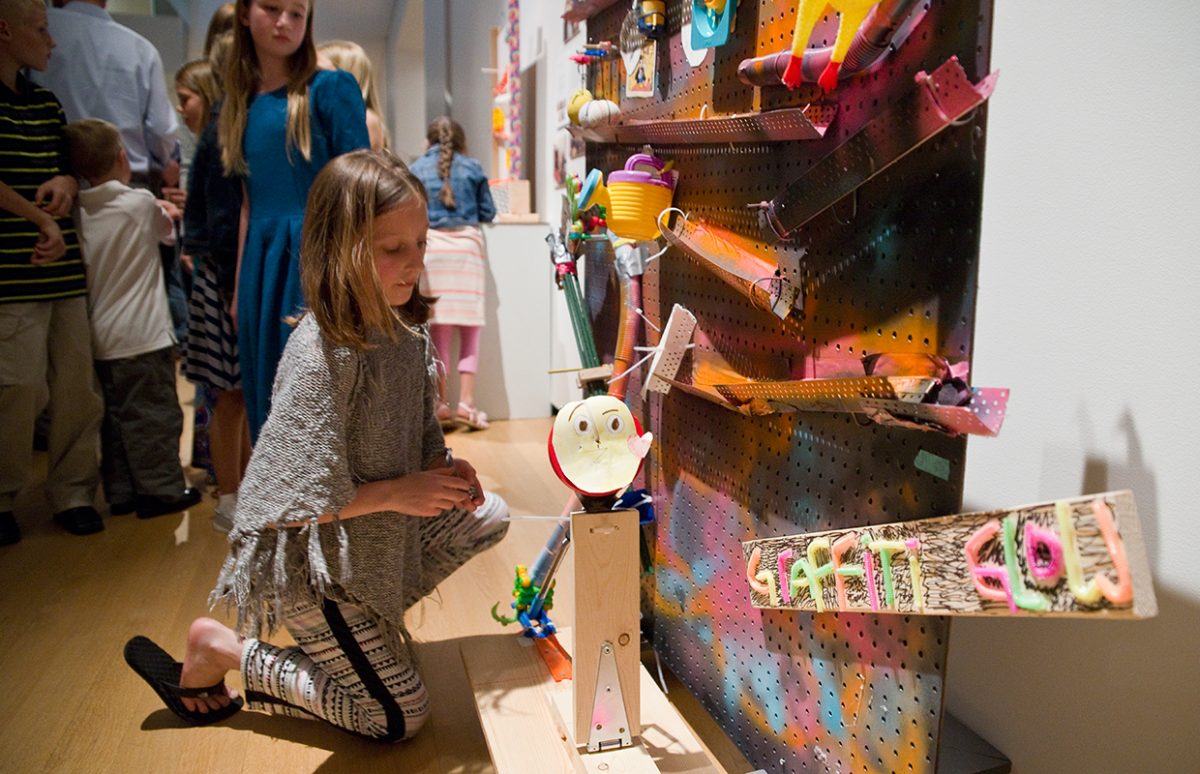
Let’s imagine a crazy machine! We look at a fun and active project that gets pupils moving and talking in English about a culturally specific phenomenon: a Rube Goldberg machine. Cartoonist Rube Goldberg was famous for drawing comically complex machines to complete everyday task. His drawings are so well known in the U.S.A. that there … Continue reading “Inventing a Machine in Language Class”
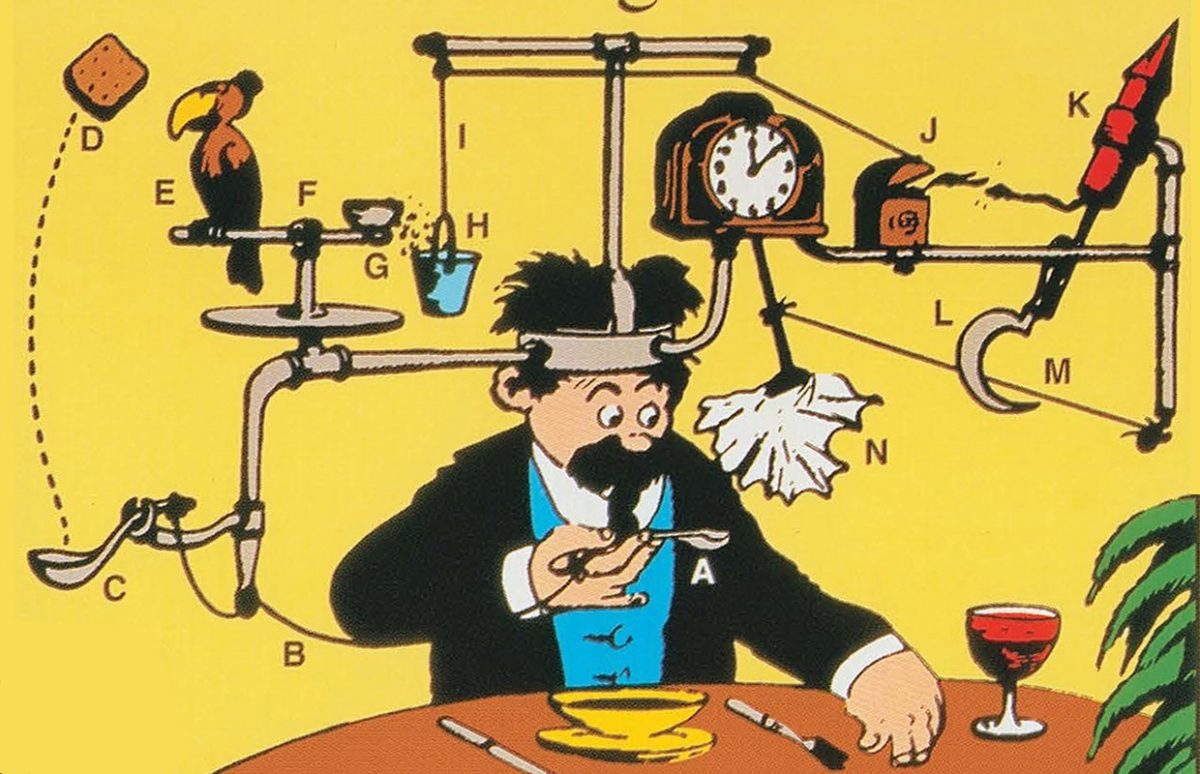
You may have heard about a complex concept described as a “Rube Goldberg”… then wondered what that meant. The Rube Goldberg machine is a complicated machine that does simple tasks. Rube Goldberg was an American inventor, sculptor, author, engineer, cartoonist and he is very famous for his zany inventions cartoons. Before he was known as … Continue reading “The Art of Rube Goldberg: Why do simple when it can be complicated?”
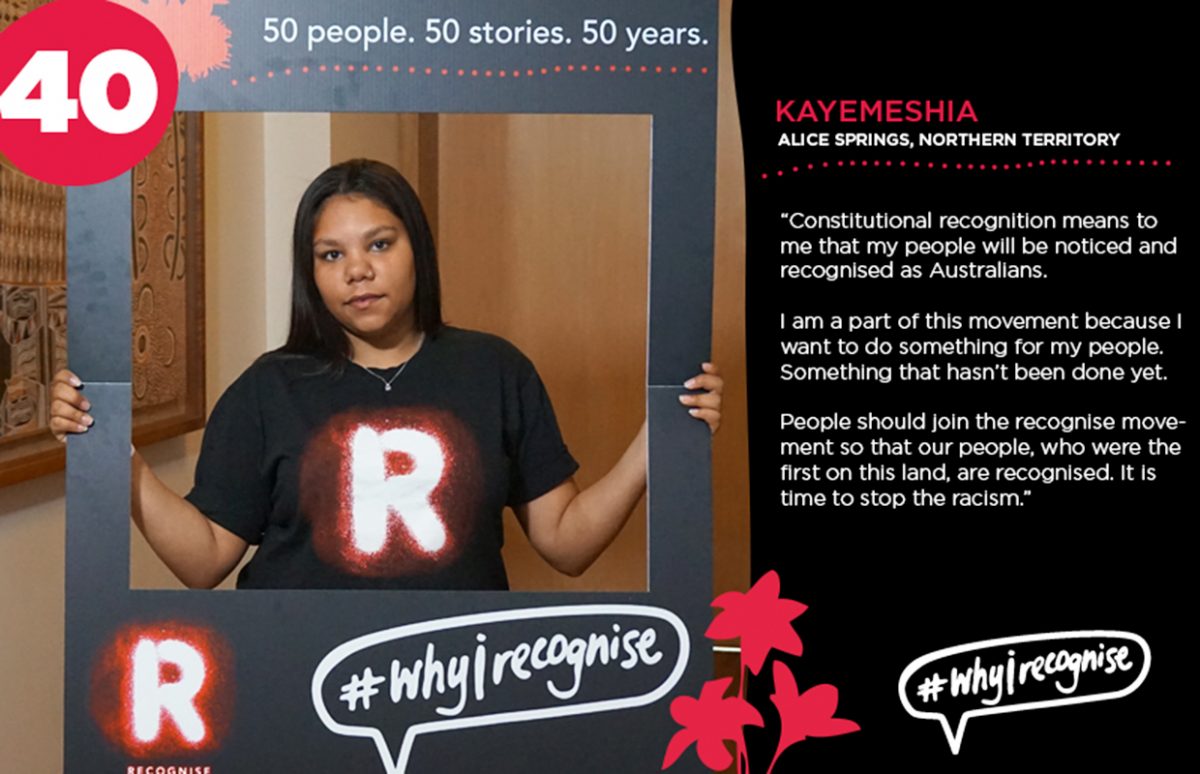
Reconciliation Australia is an NGO set up to facilitate reconciliation between the wider Australian population and Indigenous Australians. They have a very attractive learning section on their Share Our Pride website which includes the following videos. It’s perfect for a theme about Indigenous Australians and/or Sorry Day. This is a relatively simple, short explanation (less … Continue reading “Sorry Day Teaching Resources”
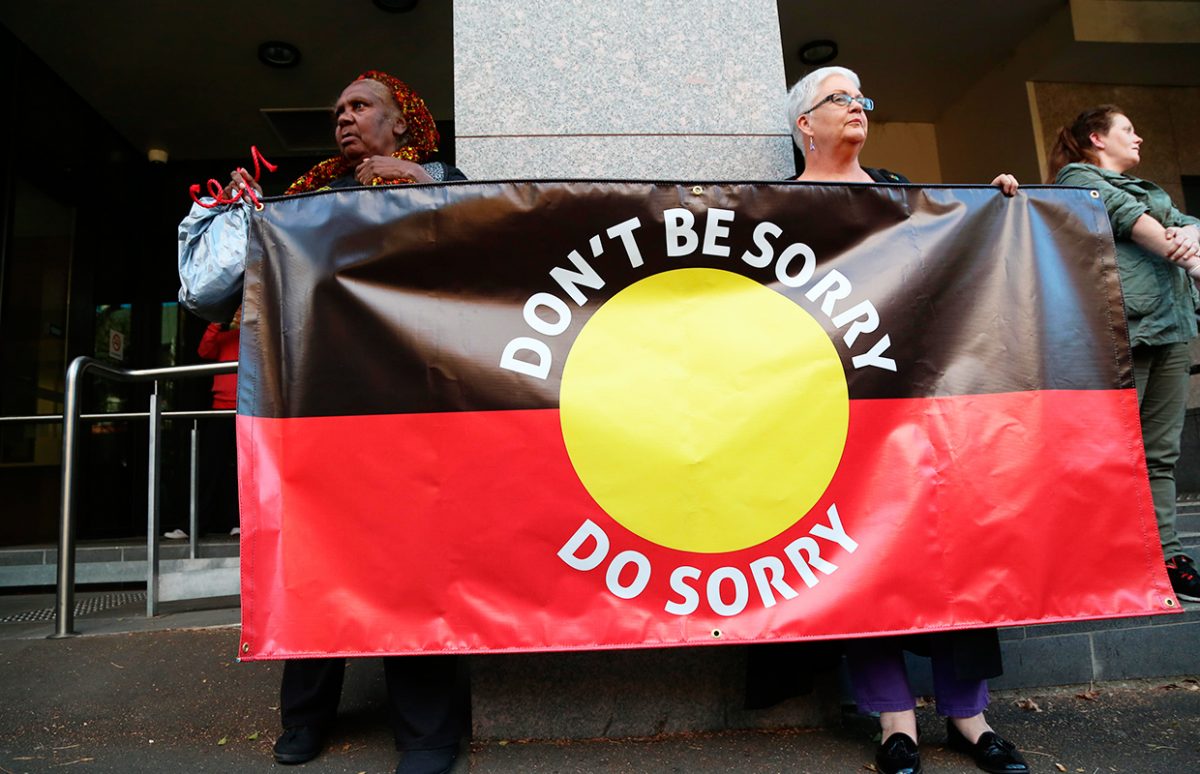
For more than 150 years, tens of thousands of Australian Aboriginal children were forcibly removed from their families and communities. On 26 May, Australia recognises and commemorates this injustice on Sorry Day. Policies of “assimilating” indigenous children started early in the British colonial period in the nineteenth century. It accelerated and became more systematic from … Continue reading “Saying Sorry”














